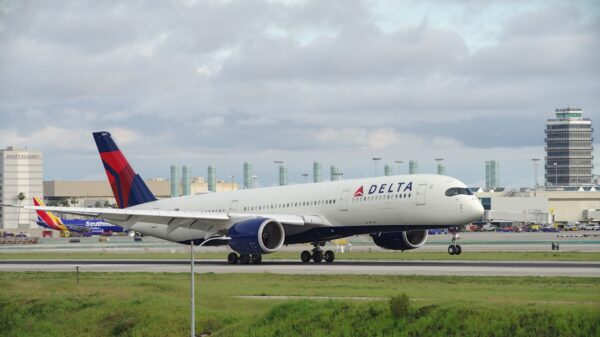Consumers across the United States are expressing surprise at a newly introduced surcharge appearing on receipts from popular fast-food chains, including Panda Express, Dunkin’, and Jersey Mike’s. This additional fee, which ranges from 3% to 5%, is labeled as a “benefits” surcharge, aimed at supporting employee compensation and benefits.
Recent reports indicate that diners first noticed this surcharge at a Panda Express outlet located in the San Francisco International Airport. A customer shared their astonishment when they spotted the fee on their receipt, highlighting that it was unexpected during their meal purchase. The growing trend has prompted discussions among consumers about the fairness and transparency of such fees.
While the specific reasons behind this surcharge vary, many restaurants claim that it is intended to provide better wages and benefits for staff, particularly in an era of rising costs and labor shortages. According to industry analysts, the hospitality sector has faced significant challenges in maintaining workforce levels, prompting some establishments to explore innovative financial strategies to support their employees.
At Dunkin’, the surcharge has become a topic of debate among loyal patrons. Some customers argue that while they support fair wages for workers, they are uncomfortable with the notion of surcharges that may not be clearly communicated at the point of sale. This sentiment echoes across various dining venues, where transparency regarding pricing remains a crucial factor for customer satisfaction.
Customer Reactions and Industry Implications
The reaction from consumers has been mixed. Many diners appreciate the intention behind the surcharge but feel that the additional cost should be communicated more effectively. Feedback from social media platforms indicates that some customers are reconsidering their dining choices based on their experiences with these surcharges.
In response to the growing concern, some companies are beginning to adjust their approach. For instance, Jersey Mike’s has stated that it is exploring alternative ways to support employees that do not involve additional charges to customers. This shift aims to balance operational needs with customer expectations in an increasingly competitive market.
Economists suggest that as the labor market continues to evolve, more establishments may adopt similar strategies to address employee compensation. The conversation surrounding fair pay has gained momentum, leading to heightened scrutiny of how businesses communicate their pricing structures.
As consumers become more aware of what they are paying for, restaurants may need to implement clearer disclosure practices regarding surcharges. The goal is to ensure that customers feel informed and valued, rather than surprised by unexpected fees.
Looking Ahead
As the trend of surcharges continues to unfold, it remains to be seen how dining establishments will adapt. While the desire to support employees is commendable, the implementation of additional fees must be handled with care to maintain consumer trust.
In the coming months, diners may encounter more discussions about pricing transparency and employee benefits. The impact of these surcharges on dining habits could shape the future of fast-casual dining in the USA, as customers weigh their options based on both cost and ethical considerations.
With the ongoing evolution of the restaurant industry, it is clear that consumer preferences will play a significant role in determining how businesses navigate these complex challenges.






































































